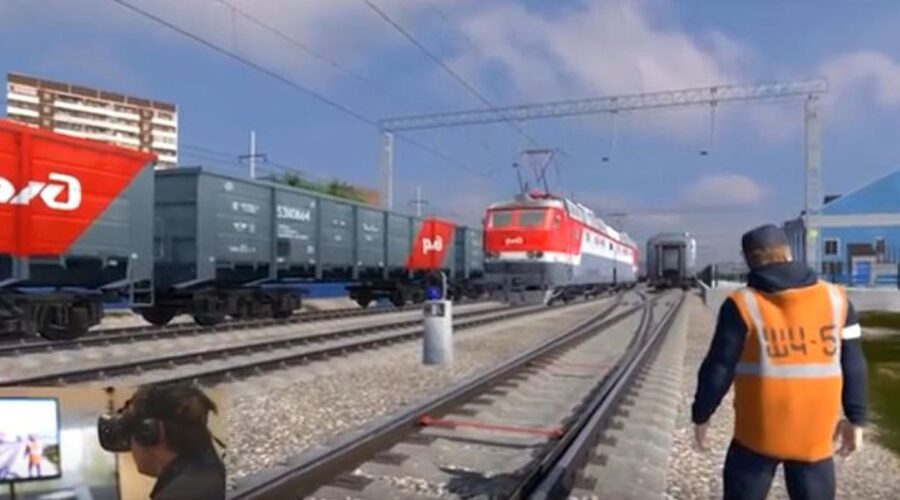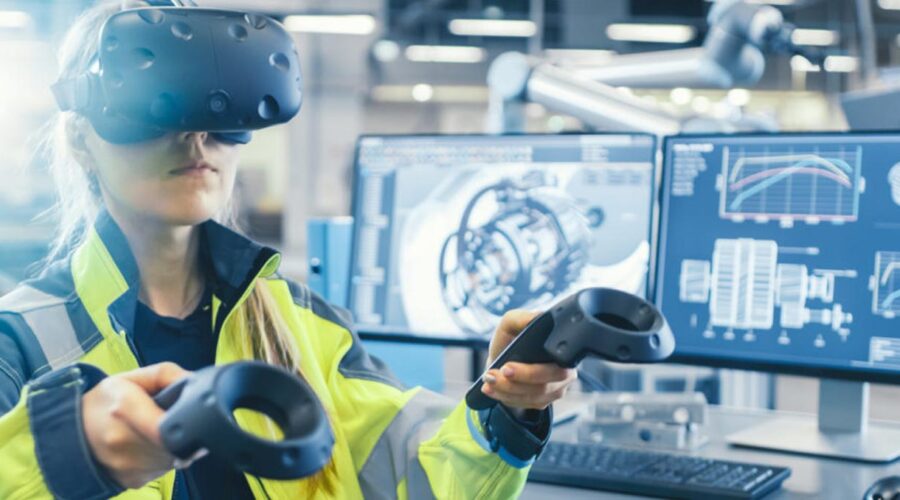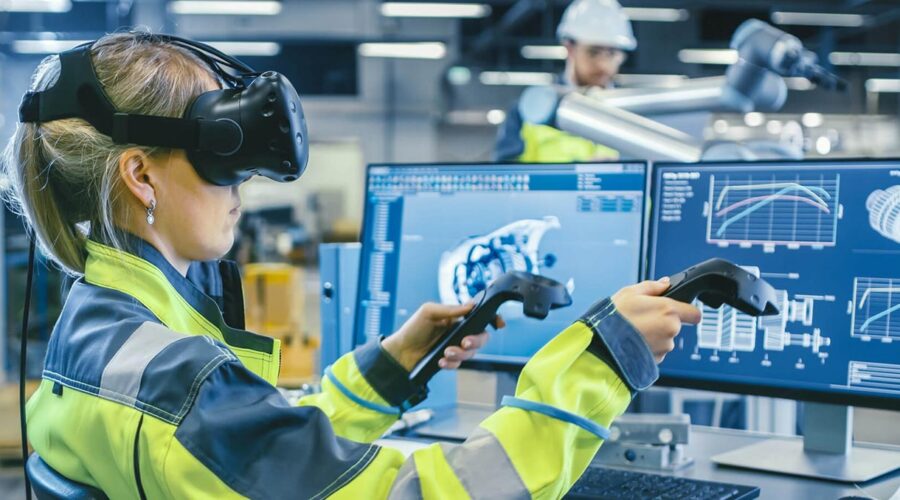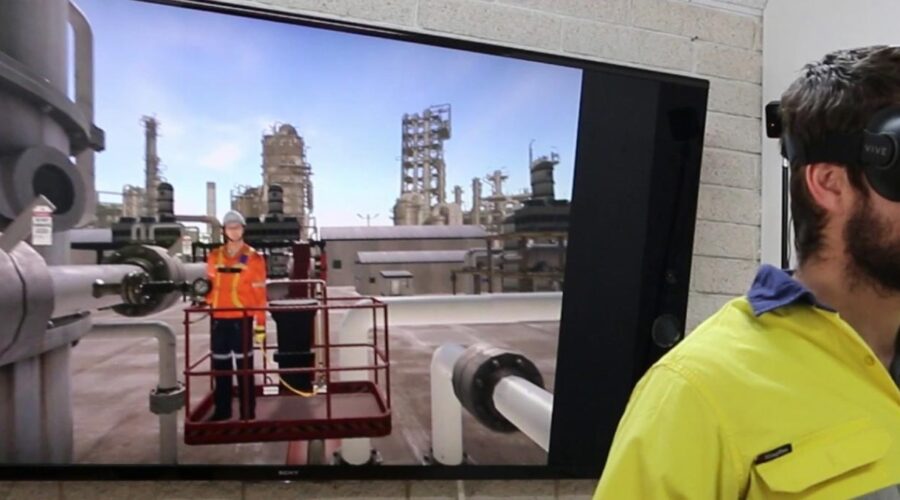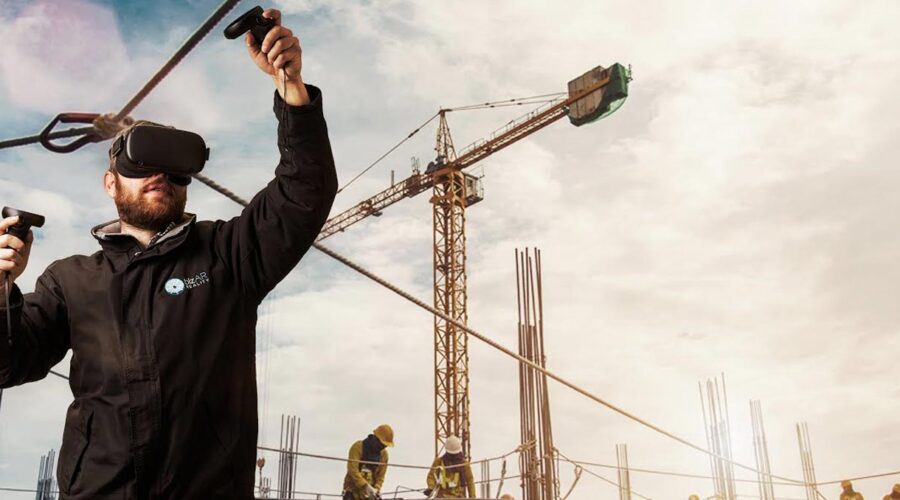Role of Virtual Reality Simulation in Railways
The role of virtual reality simulation in railways is to provide an immersive learning experience that enhances training and reduces the risk of accidents. Train operators, engineers, and maintenance personnel can practice their skills in a safe and controlled environment, which helps to reduce the risk of injury or damage to equipment.

